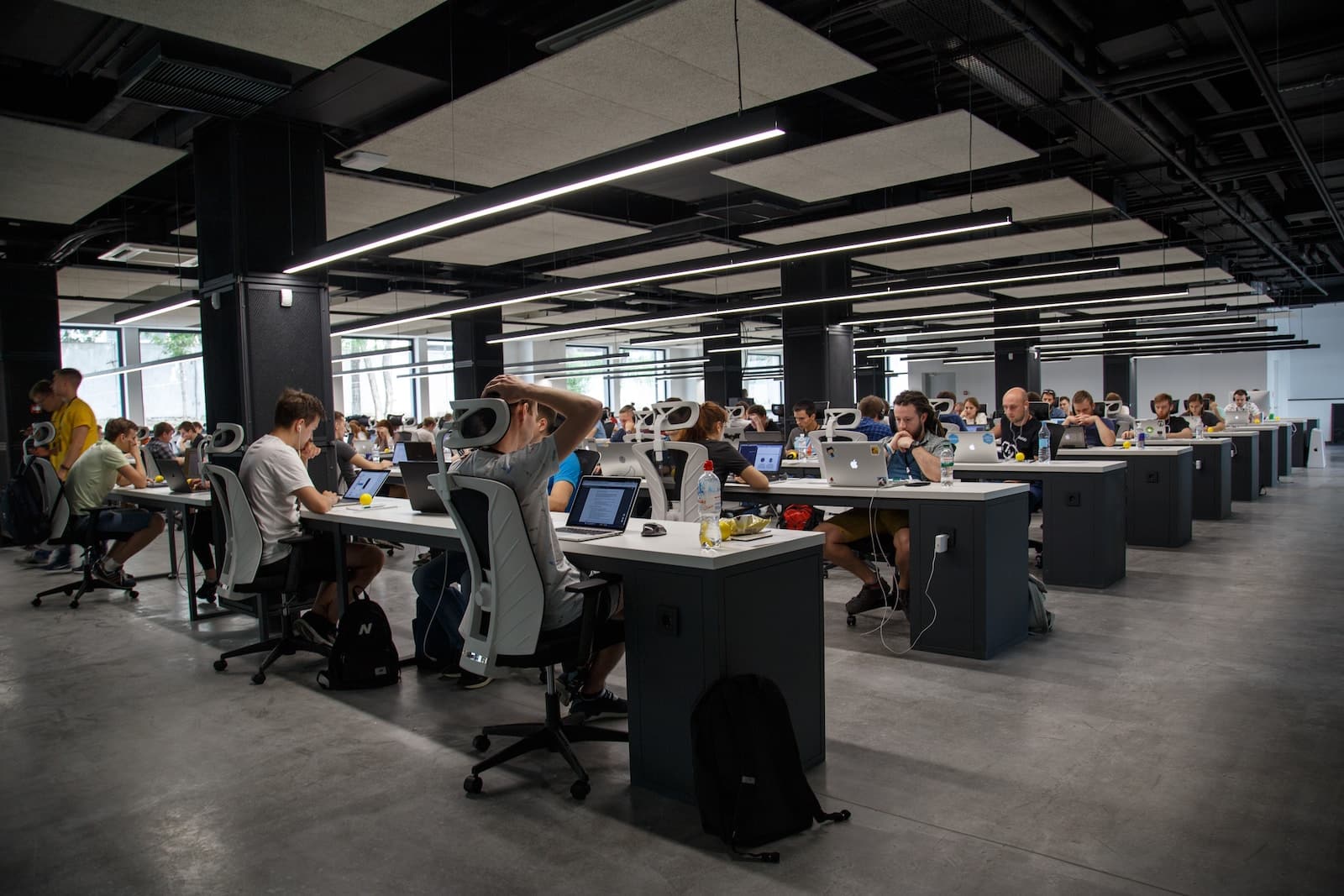In today’s dynamic work environment, multigenerational teams are not just common; they’re a necessity. The workforce now spans across multiple eras of employees, from the Baby Boomers to the newest entrants, Gen Z. Each generation brings its own set of values, communication styles, and work habits. As managers and human resources professionals, understanding how to effectively manage a multigenerational workforce is crucial to maintaining a harmonious work environment and achieving company goals.
In this article, we will explore the challenges and benefits of a diverse age range in the workplace, and provide actionable strategies to enhance employee engagement, foster effective communication, and harness the strengths of every generation.
Lire également : Crisis management: preparing your business for the unexpected
Understanding Generational Differences
Before diving into management strategies, it’s essential to grasp the general characteristics of each group present in the workforce. Baby Boomers, born between 1946 and 1964, are known for their strong work ethic and loyalty. Gen Xers, born between 1965 and 1980, value work-life balance and independence. Millennials, born between 1981 and 1996, seek purpose and prefer collaborative workspaces, while Gen Z, born after 1996, are digital natives who desire flexibility and social responsibility.
Each generation has its own approach to work and life, shaped by the societal and technological changes they experienced growing up. These differences can sometimes lead to misunderstandings or conflict in a multi-generational workforce. However, with the right perspective, these generational differences can become your team’s greatest asset.
Lire également : Strategies for efficient inventory management
Tailoring Communication to Bridge Gaps
Effective communication within a multigenerational team is paramount. The way in which you convey a message to a Baby Boomer may differ significantly from addressing a Millennial or Gen Z employee. It’s crucial to understand and respect each member’s generation-specific preferences. Older workers may appreciate more traditional methods like face-to-face meetings or phone calls, while younger employees might respond better to digital communication tools like instant messaging or emails.
Managers need to create a communication framework that accommodates everyone without favoring one group over another. This might involve offering various communication platforms and encouraging team members to use the method best suited for the task or person they are communicating with.
Fostering an Inclusive Work Environment
An inclusive work environment is one where every employee feels valued and able to contribute, regardless of their age. This requires a conscious effort to integrate team members of different age groups and capitalize on their unique perspectives. Inclusivity can be encouraged through team-building activities, collaborative projects, and mutual mentorship programs that pair younger workers with more experienced colleagues.
Recognizing and celebrating the diversity of your workforce not only boosts employee engagement but also drives innovation. It’s essential for managers to create opportunities for cross-generational learning and collaboration.
Leveraging the Strengths of Each Generation
A multigenerational workforce is a melting pot of talents, experiences, and skills. Baby Boomers may excel in leadership and strategic thinking, Gen Xers in adaptability and problem-solving, Millennials in tech-savviness and innovation, and Gen Z in digital fluency and global awareness.
Managers should identify the key strengths of their employees generations and assign roles and responsibilities that align with these capabilities. This approach ensures that everyone can contribute effectively and feel valued for their unique attributes.
Implementing Flexible Policies for Work-Life Balance
One of the most significant shifts in the modern workplace is the emphasis on work-life balance. Employees today, especially Millennials and Gen Z, prioritize flexibility. This has led to the rise of remote work, flexible hours, and a focus on outcomes rather than hours clocked.
Companies that adapt to these changes by implementing flexible policies are more likely to attract and retain talent across all generations. Human resources departments need to understand the different life balance needs of their workforce and adapt their policies to accommodate them. This might mean offering part-time options for older workers nearing retirement or remote work opportunities for younger employees who value flexibility.
Conclusion
Managing a multigenerational workforce presents unique challenges, but it also offers unparalleled opportunities for growth and innovation. By understanding the generational differences, tailoring communication strategies, fostering an inclusive work environment, leveraging each generation’s strengths, and implementing flexible work-life balance policies, companies can create a harmonious and productive workplace.
When these strategies are successfully put into practice, a multigenerational team can become a company’s most valuable asset, leading to increased employee engagement, a broader range of skills and experiences, and ultimately, a more successful business. Remember, the key to managing a diverse workforce lies in respecting and valuing the contributions of all, regardless of their generation.
Whether you are a manager or an employee, embracing these strategies can help you navigate the complexities of a multigenerational workplace and contribute to building a cohesive, dynamic, and high-performing team.


